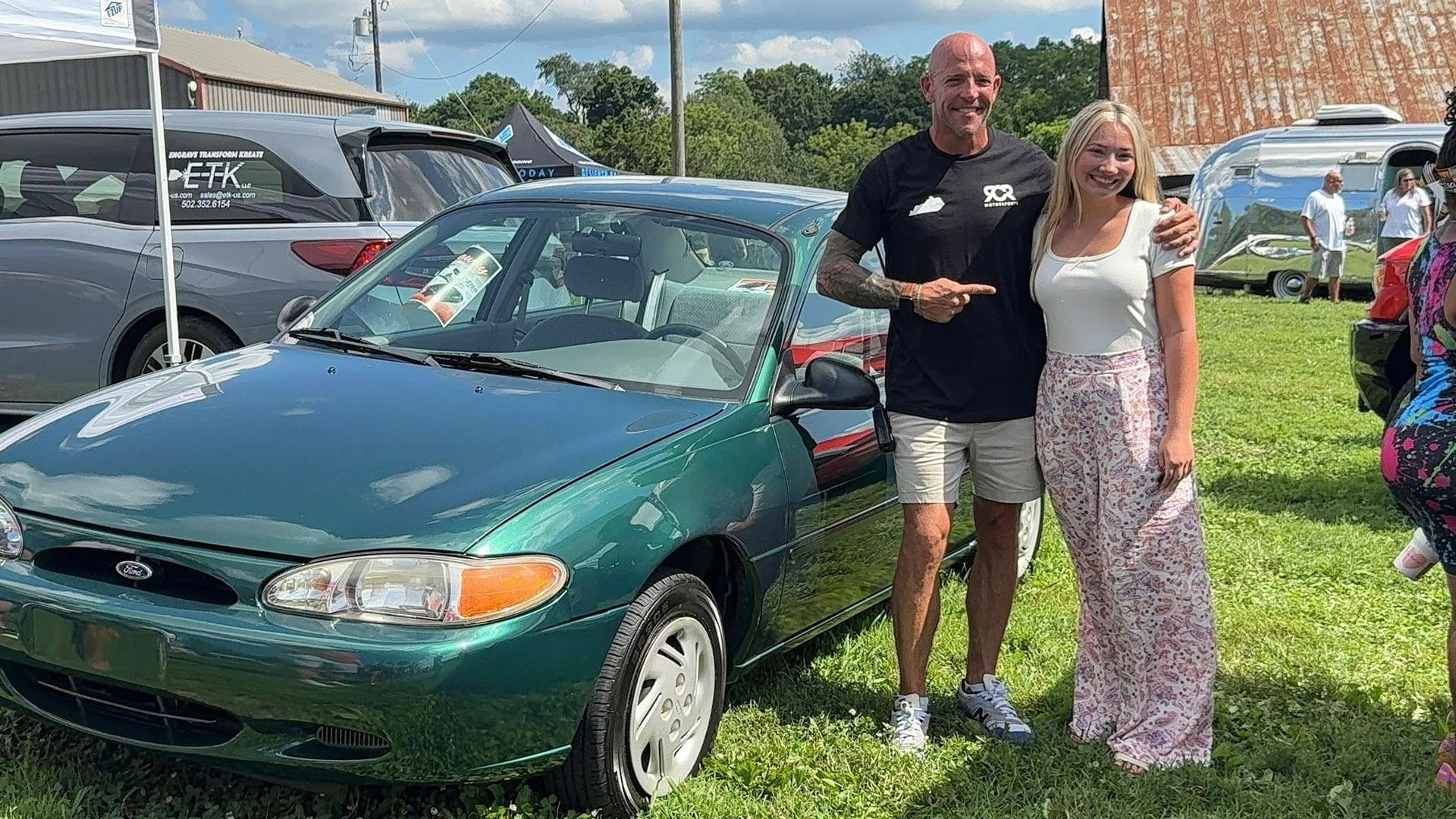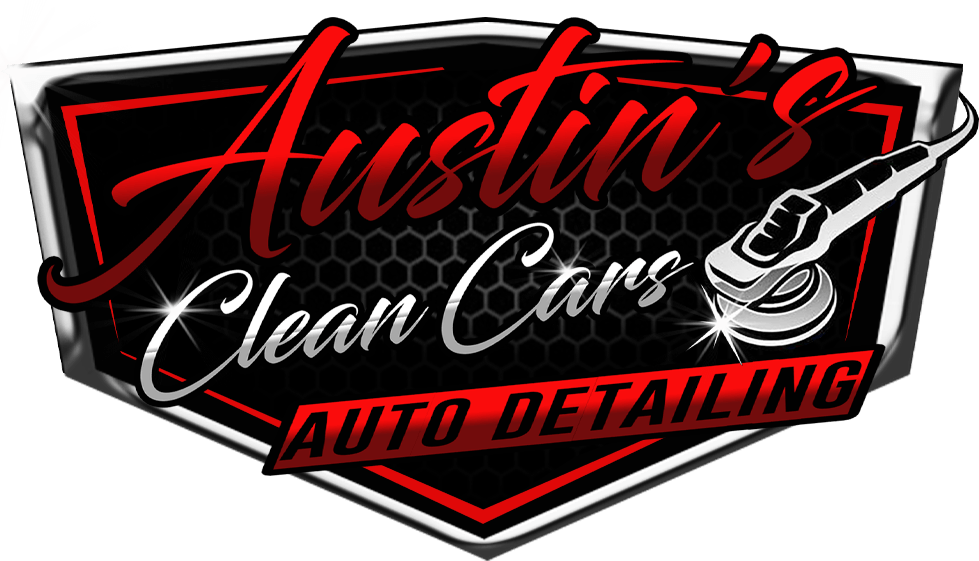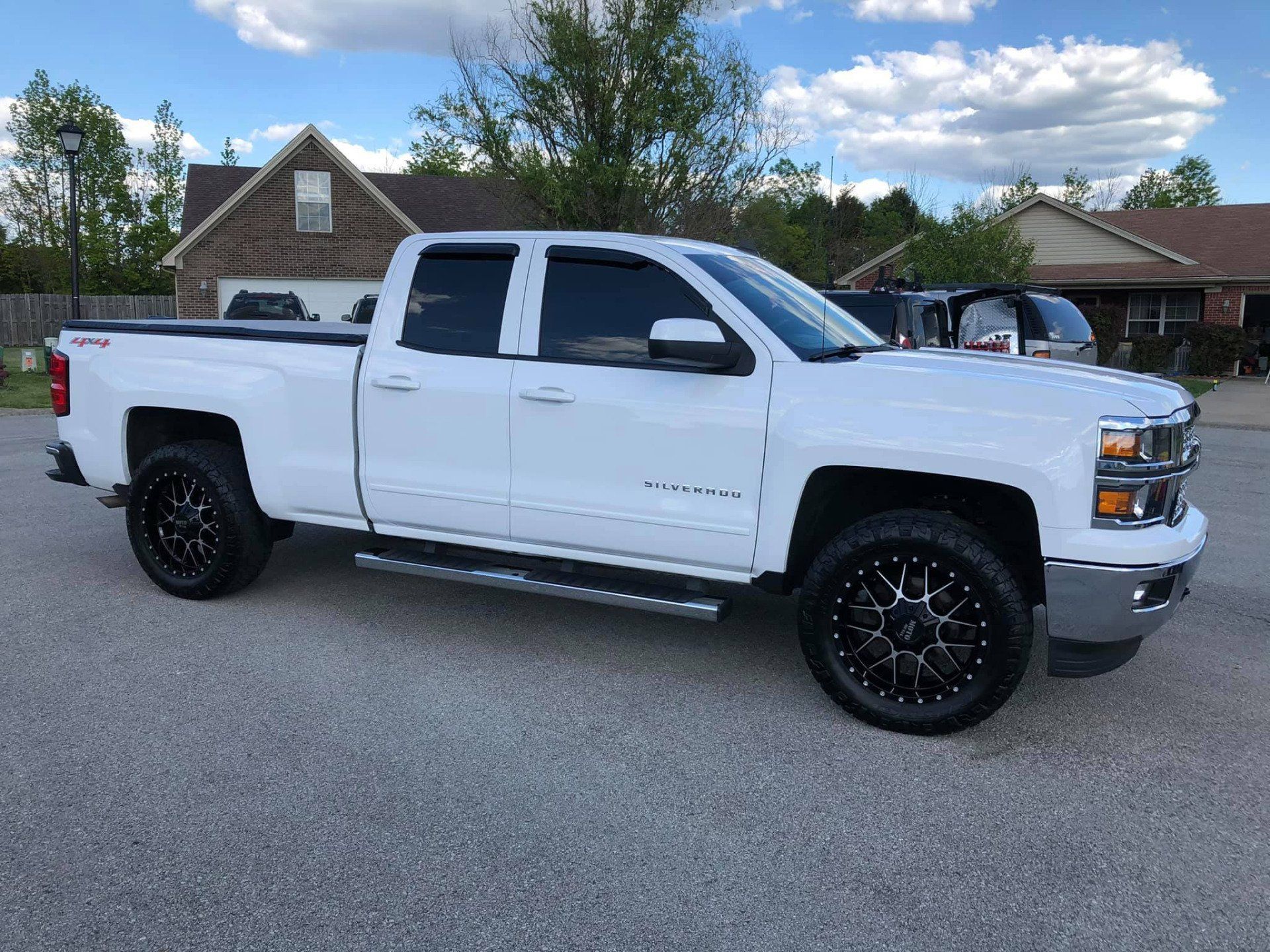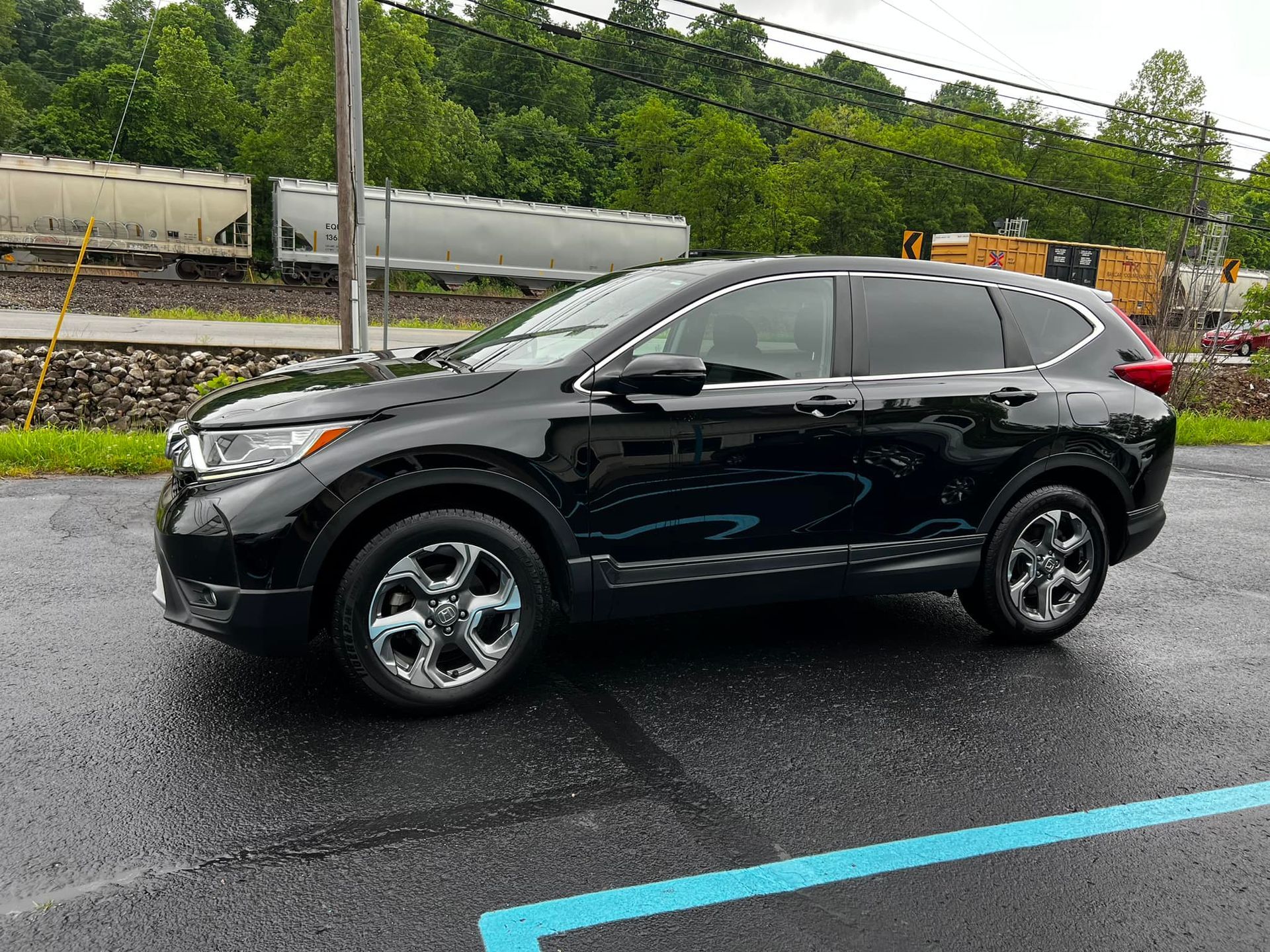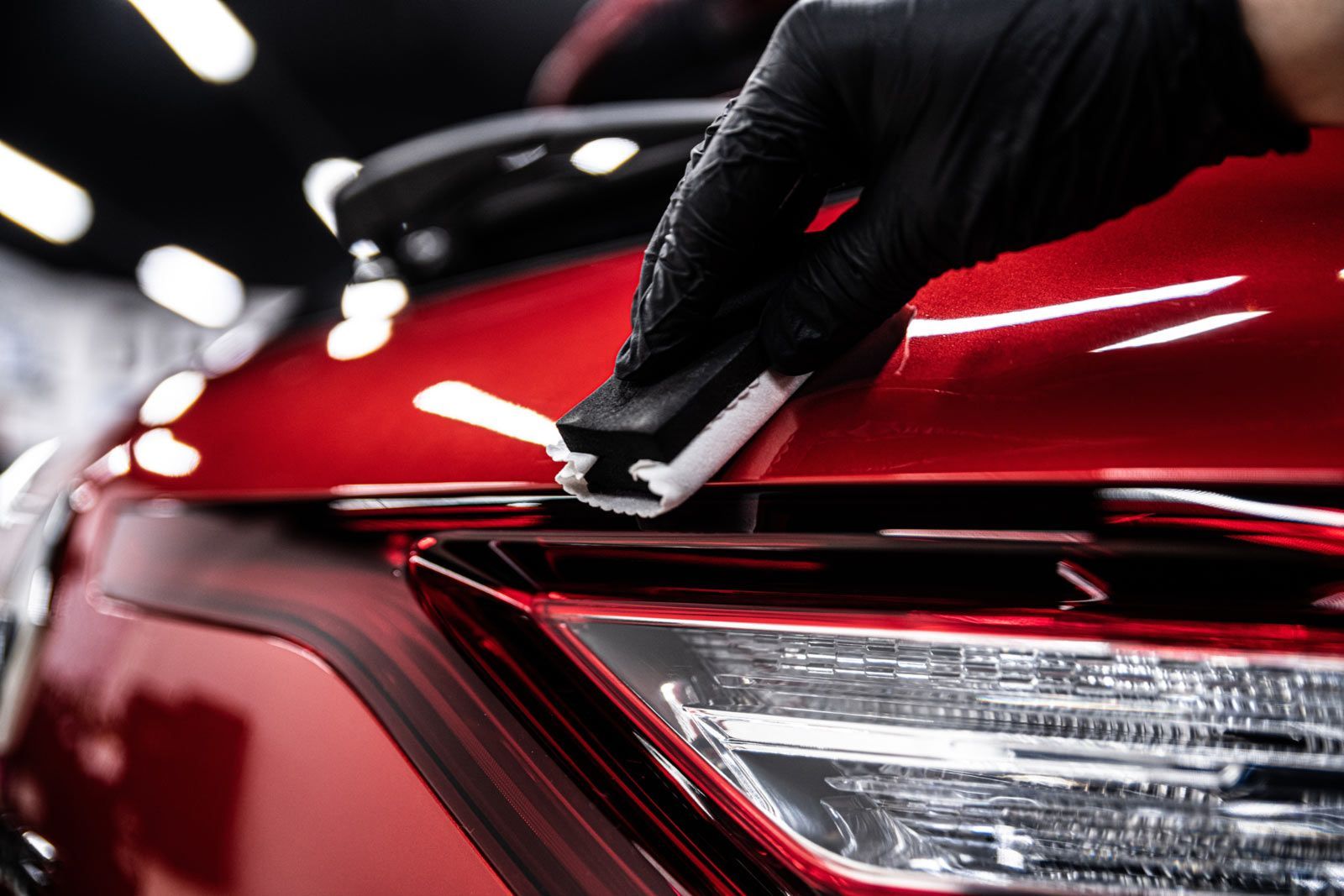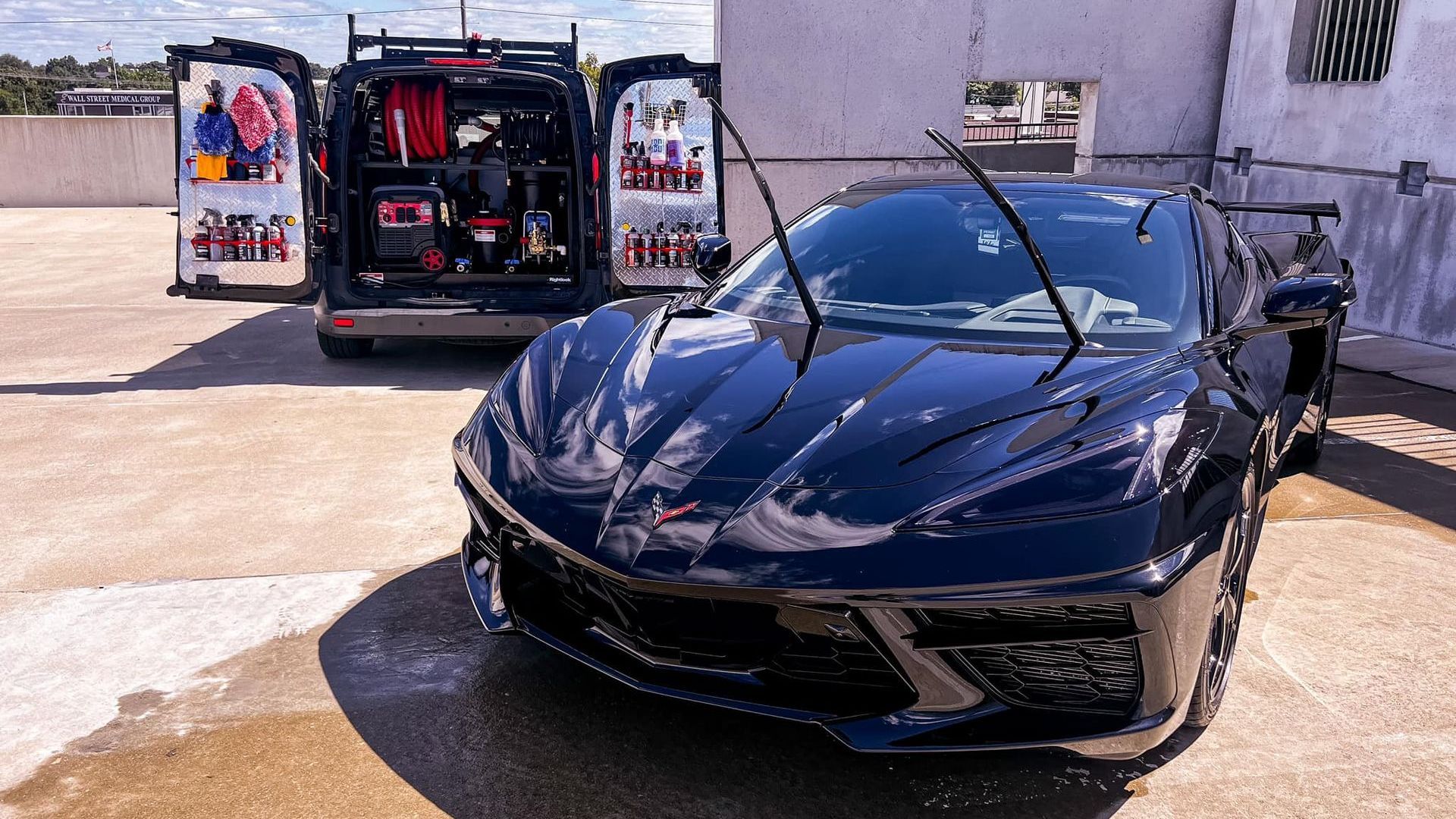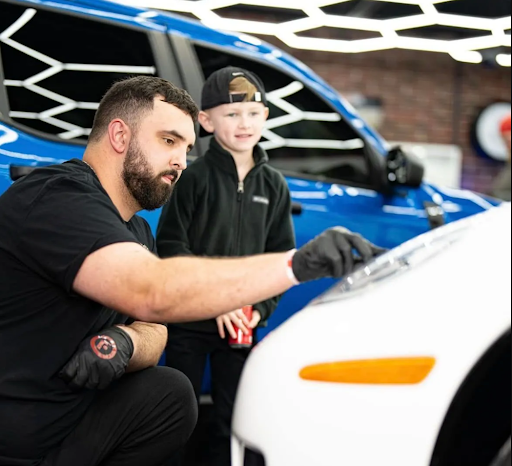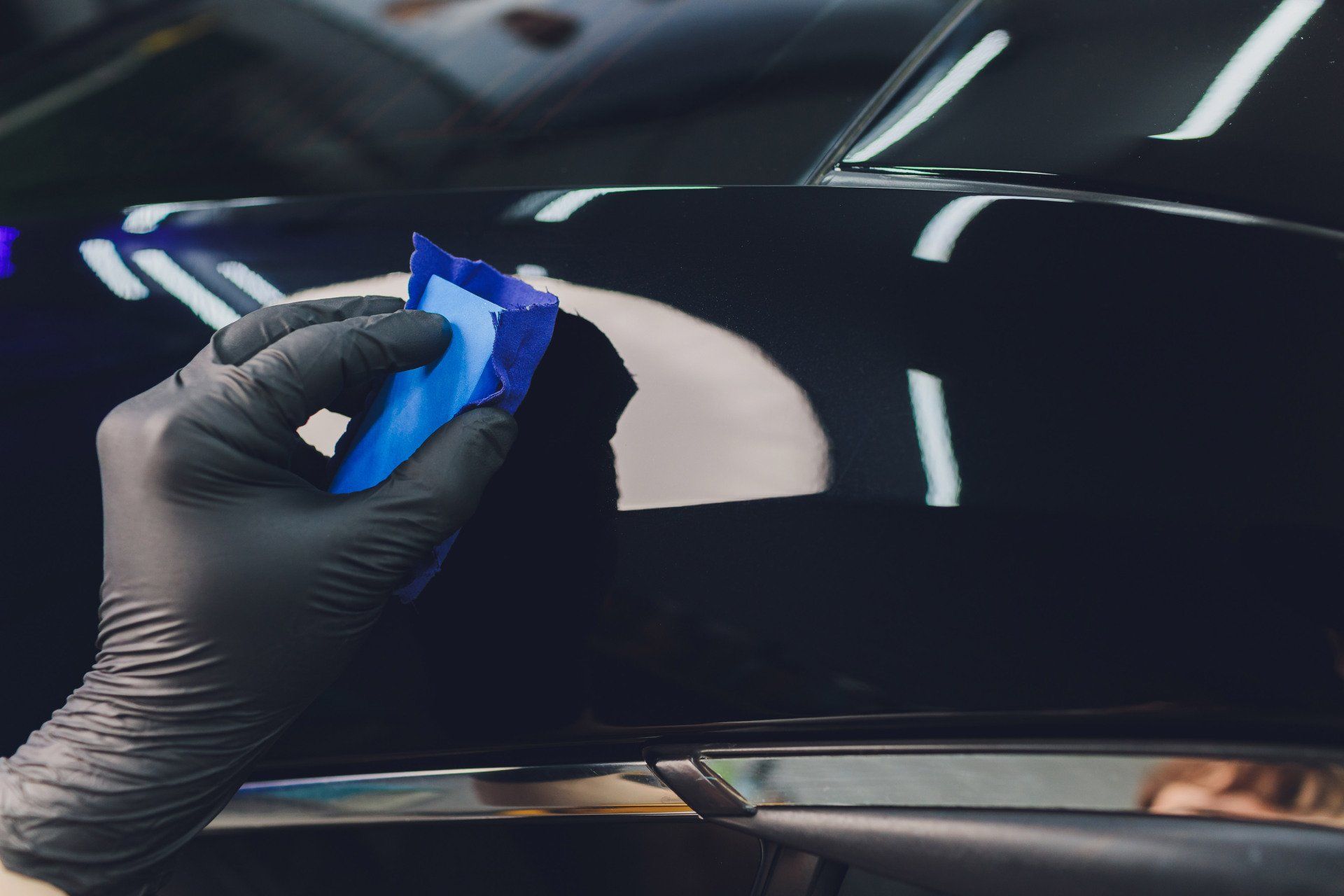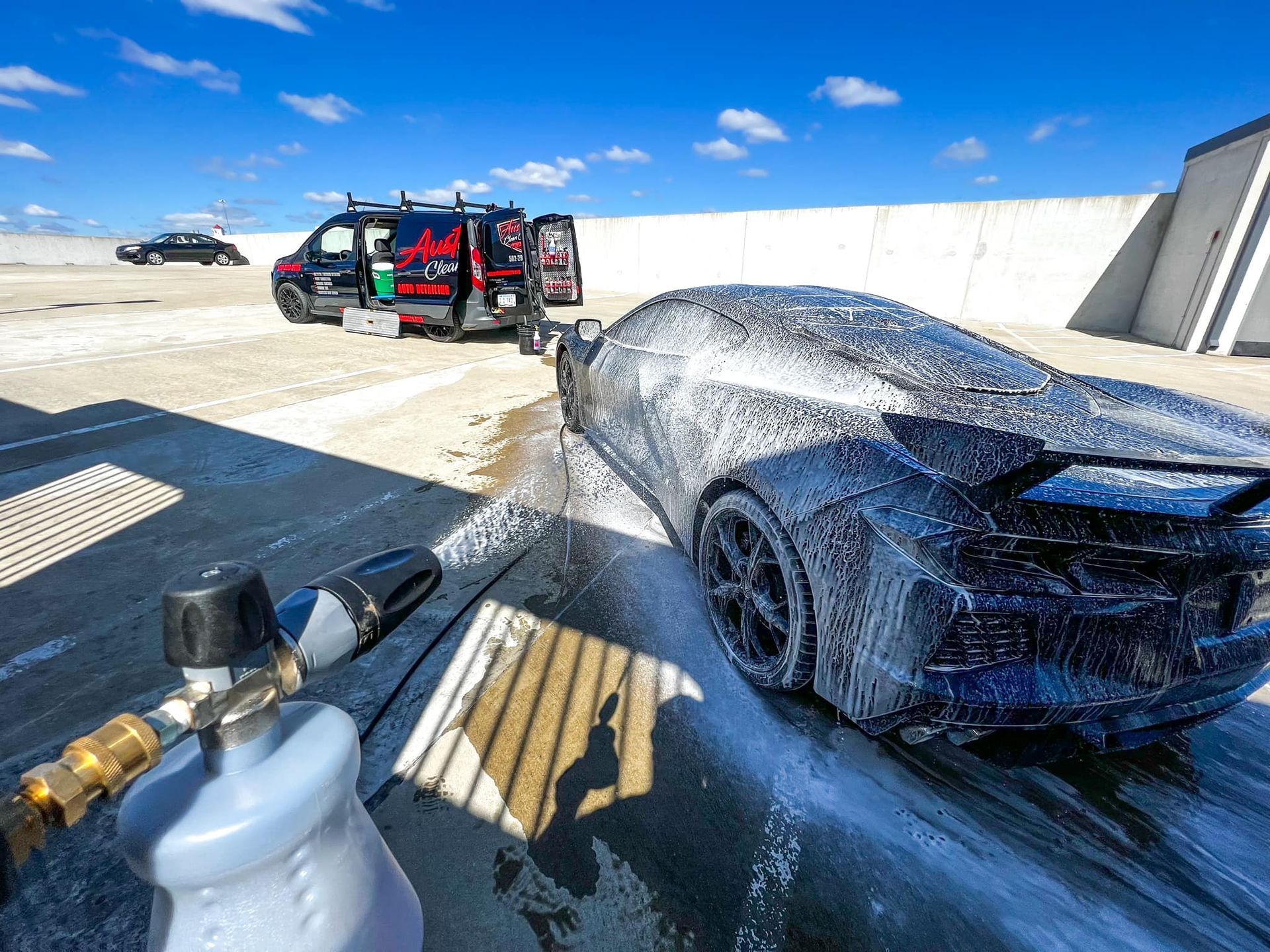Austins Clean Cars Auto Detailing Blog
What Happens During a Professional Ceramic Coating Application Process?
You've heard about ceramic coatings. Maybe a friend raves about how their car stays cleaner. Maybe you've seen the water beading videos online. But when someone tells you professional ceramic coating takes three to five days and costs what it does, you probably wonder what exactly happens during all that time.
That's a fair question. Understanding the ceramic coating process helps you see why this isn't something you knock out in an afternoon. It's a meticulous series of steps that, when done right, creates protection that lasts for years instead of months.
At Austin's Clean Cars Auto Detailing, we've applied ceramic coatings to hundreds of vehicles over four years. We've learned that taking time to explain the process helps people understand the value. Once you see what goes into professional application, the investment makes perfect sense.
Let's walk through exactly what happens from the moment you drop off your vehicle to the moment you pick it up with professional-grade protection.
Initial Vehicle Assessment: Where Quality Begins
The process starts before we touch your car. We spend time examining every inch of your vehicle's paint under high-intensity lighting that reveals things you'd never see in regular conditions.
This isn't a quick once-over. We're looking for existing damage, contamination levels, paint thickness, and any previous repairs. Some vehicles need light correction. Others require extensive work. Without proper assessment, we'd be covering over problems instead of fixing them.
What we evaluate during assessment:
- Paint condition and thickness measurements
- Existing scratches, swirl marks, and defects
- Previous coating or sealant residue
- Contamination from environmental factors
- Areas of concern that need special attention
This assessment determines everything that follows. A car that sits outside daily needs different prep than a garage-kept vehicle. Paint with five years of neglect requires more correction than a new car. We're building a roadmap specific to your vehicle, not following a generic checklist.
The assessment also includes an honest conversation about expectations. If your paint has damage that correction can't fix, we'll tell you before starting. Transparency here prevents disappointment later.
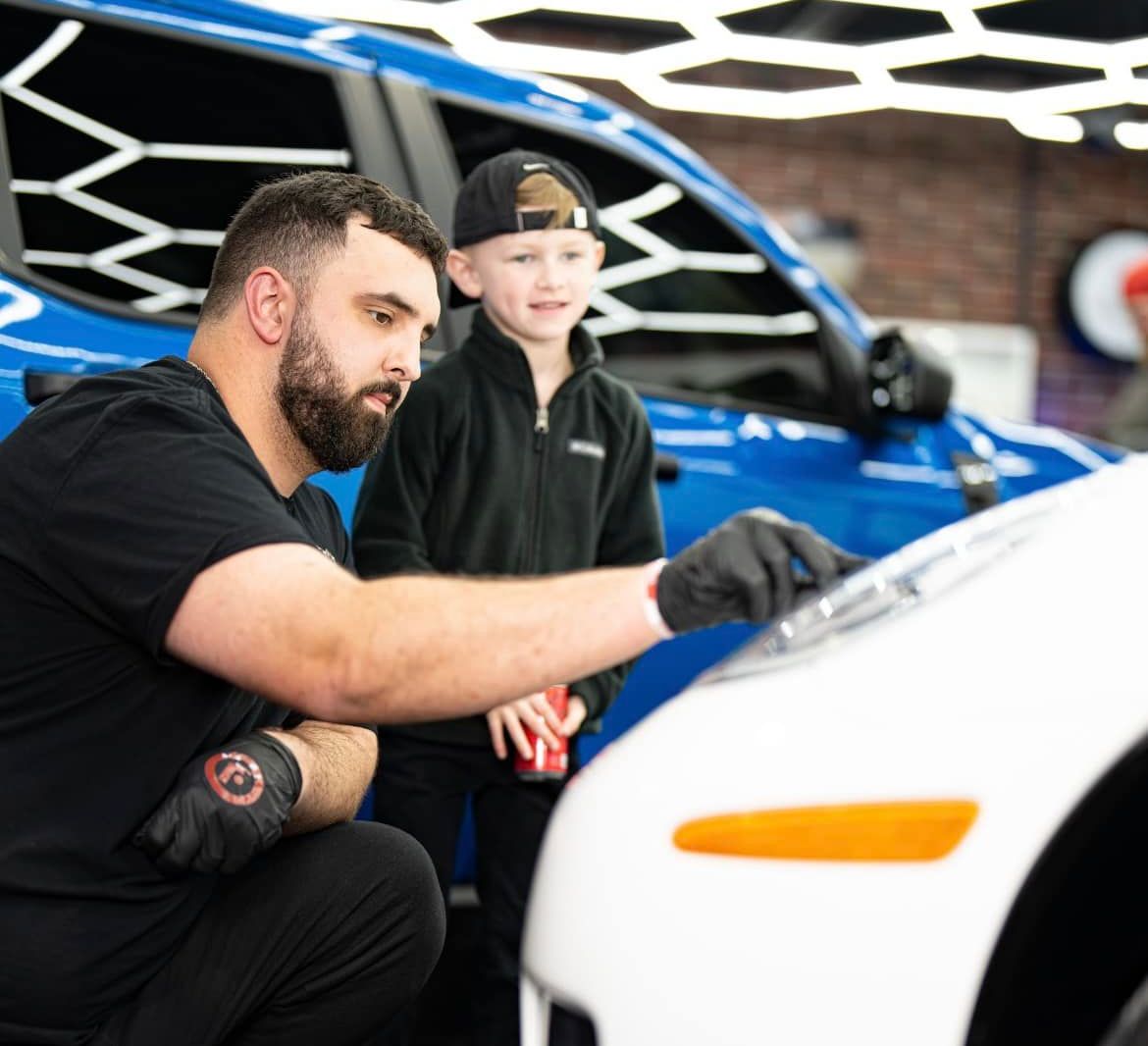
Multi-Stage Paint Decontamination: The Foundation of Protection
Here's something most people don't realize - your car's paint isn't actually clean, even after washing. Microscopic contaminants embed themselves in the clear coat over time. Iron particles from brake dust. Tar from roads. Tree sap. Industrial fallout. Regular washing doesn't remove these.
The decontamination process involves several stages:
First comes a thorough hand wash using pH-neutral products that won't strip existing protection or damage paint. Then clay bar treatment pulls embedded contaminants out of the paint surface. You can actually feel the difference - paint goes from rough to glass-smooth.
Chemical decontamination follows, targeting specific contaminants that physical methods can't remove. Iron removers dissolve brake dust that's bonded to paint. Tar removers handle road grime. Each chemical serves a specific purpose and gets completely rinsed away before the next step.
Paint must be absolutely clean before correction begins. Any contamination left behind creates problems during polishing. Particles can scratch paint. Residue prevents proper coating adhesion. This stage sets the foundation for everything else.
Paint Correction: Creating the Perfect Canvas
This is where the real-time investment happens. Paint correction removes the imperfections that make paint look dull and worn. Swirl marks from automatic car washes. Light scratches from washing with dirty towels. Oxidation from sun exposure. Water spots that have etched into the clear coat.
We use professional-grade polishing systems with different compounds and pads for different correction levels. Light correction might take a few hours. Heavy correction on a large vehicle can take two full days.
The correction process works through stages:
Initial compounding removes deeper scratches and heavy oxidation. This is aggressive work that removes a microscopic layer of clear coat to level the surface. Then we step down to finer polishes that refine the finish and remove any marks from compounding.
Every panel gets individual attention. Curved surfaces require different techniques than flat ones. Edges need careful handling to avoid burning through clear coat. We're constantly checking our work under different lighting conditions to catch anything we might have missed.
Paint correction isn't just about removing defects. It's about bringing out the true depth and clarity of your paint. Colors become richer. Metallic flakes show more dimension. The difference between corrected and uncorrected paint is dramatic.
Environmental Control: Why Conditions Matter
Professional ceramic coating requires controlled conditions. Temperature and humidity affect how the coating cures. Dust in the air can settle on wet coating and create defects. This is why quality shops have climate-controlled application bays.
We maintain specific temperature and humidity ranges during application. Too cold and coating doesn't bond properly. Too hot and it flashes too quickly. Humidity affects curing time and final hardness.
The application environment needs to be spotless. Any dust or debris that lands on wet coating becomes a permanent defect. Professional shops use filtered air systems and keep application areas sealed off from other work.
This environmental control is something DIY applications can't replicate. Your garage isn't clean enough, no matter how well you sweep. Temperature and humidity fluctuate. These variables are why home applications often fail prematurely.
The Application Process: Precision and Timing
After days of preparation, the actual coating application might take just a few hours. But those hours require absolute focus and precision. Ceramic coating has a working time window. Apply too little and protection suffers. Apply too much and you get high spots. Timing must be perfect.
Application follows a methodical approach:
We work panel by panel, applying coating in thin, even layers. A specialized applicator ensures consistent coverage. The coating needs to level and bond before buffing, but waiting too long makes removal difficult. This timing varies with temperature and humidity.
Each panel gets inspected under lighting before moving to the next. Any high spots or streaks get addressed immediately. Once the coating starts to cure, fixing mistakes becomes exponentially harder.
Multiple layers are common with professional coatings. Each layer needs a proper cure time before the next goes on. This is another reason the process takes days rather than hours. Rushing between layers compromises the final result.
Quality Control and Final Inspection
After the coating application comes careful inspection under multiple lighting conditions. We're looking for any imperfections that need addressing while the coating is still fresh enough to correct.
High-intensity LED lights reveal issues that normal lighting misses. We check every panel from multiple angles. Doors, trunk, hood - everything gets the same scrutiny. This inspection phase catches problems before you ever see them.
Any issues found get fixed immediately. This might mean buffing out a high spot or reapplying coating to an area that didn't get full coverage. Perfection is the standard, not the exception.
Final inspection includes a complete walk-around with you. We point out the coating's hydrophobic properties, show you how water behaves on the surface, and explain what you're seeing. This is your opportunity to ask questions and understand what you're taking home.
Curing Time: The Invisible Phase
Here's something people don't always understand - coating feels dry after application, but it isn't fully cured. The chemical bonding process continues for days or even weeks after application.
We provide specific instructions about curing time. Usually you can't wash the vehicle for at least a week. Rain is fine, but avoid automatic car washes and pressure washing. The coating needs time to reach full hardness and chemical resistance.
During curing, avoid parking under trees where sap could drip on the fresh coating. Keep the vehicle out of dusty conditions if possible. These precautions ensure the coating cures properly and reaches its full protective potential.
Think of it like concrete - it seems solid quickly, but full strength takes time. Rushing the curing process undermines all the preparation work.
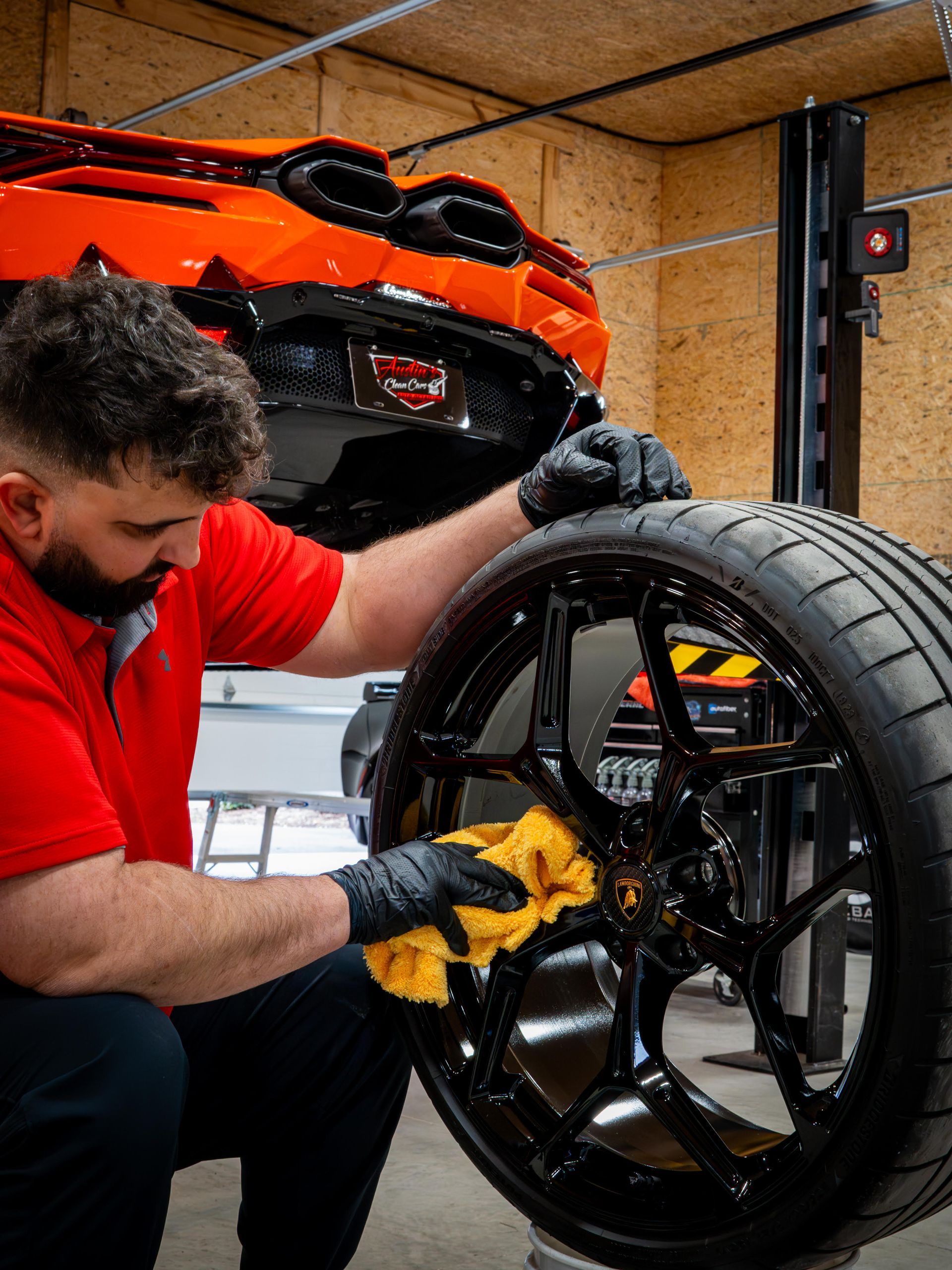
Aftercare Instructions: Maintaining Your Investment
Professional ceramic coating isn't maintenance-free, but it dramatically reduces maintenance needs. We provide detailed instructions about caring for your coated vehicle.
Proper aftercare includes:
- Using pH-neutral wash products only
- Avoiding automatic car washes with harsh chemicals
- Washing with proper technique to prevent scratches
- Understanding what the coating does and doesn't protect against
- Knowing when to schedule maintenance visits
Most professional coatings include warranty coverage. This typically requires following maintenance guidelines and scheduling periodic inspections. We document your coating application and activation, providing proof of professional installation.
The coating makes washing easier and less frequent. Water sheets off instead of beading up and leaving spots. Dirt doesn't bond as tightly, so gentle washing removes it effectively. Many customers report washing their vehicle half as often after coating.
Why Professional Application Makes the Difference
The ceramic coating process separates professional application from DIY kits in meaningful ways. Consumer products skip paint correction entirely. They lack the environmental controls that affect curing. They don't include the quality control or warranty backing.
Professional application takes time because shortcuts compromise results. Paint must be perfect before coating. The environment must be controlled during application. Curing must happen properly. Each step builds on the previous one.
We've seen plenty of DIY coating jobs that failed within months. Usually the problem traces back to inadequate prep work or rushed application. The coating itself might be quality, but without proper foundation, it can't perform.
This is why professional application costs what it does. You're paying for expertise developed over years, specialized equipment, controlled environment, and most importantly - time. The technician who applies your coating isn't rushing to the next job. They're focused entirely on achieving perfection on your vehicle.
Understanding the Investment
When you understand the ceramic coating process, the investment makes sense. This isn't a quick detail with some spray sealant. It's comprehensive paint correction, meticulous preparation, and precise application of advanced protection technology.
The multi-day timeline isn't padding or delay. Each phase serves a purpose. Paint correction can't be rushed without compromising results. Coating needs a proper cure time between layers. Quality control requires careful inspection under various lighting conditions.
At Austin's Clean Cars Auto Detailing, we've refined our process over four years of serving Southern Indiana families. We know which steps matter and where quality separates from mediocrity. Every vehicle gets the same careful attention, whether it's a daily commuter or weekend classic.
Ready to See the Process in Action?
Understanding what happens during professional ceramic coating application helps you make an informed decision. But nothing beats seeing the process firsthand and having your specific questions answered.
We invite you to schedule a consultation where we can discuss your vehicle's specific needs. We'll show you examples of the preparation stages, explain how different paint conditions require different approaches, and walk you through what to expect from start to finish.
During consultation, we assess your vehicle's current condition and provide honest recommendations. Some vehicles need full correction before coating. Others might benefit from maintenance detailing first. We'll give you straight answers about what makes sense for your situation and budget.
Professional ceramic coating represents a significant investment in your vehicle's protection and appearance. Understanding the process helps you appreciate the value and choose the right service provider. When you know what goes into quality application, the decision becomes clear.
Austins Clean Cars
